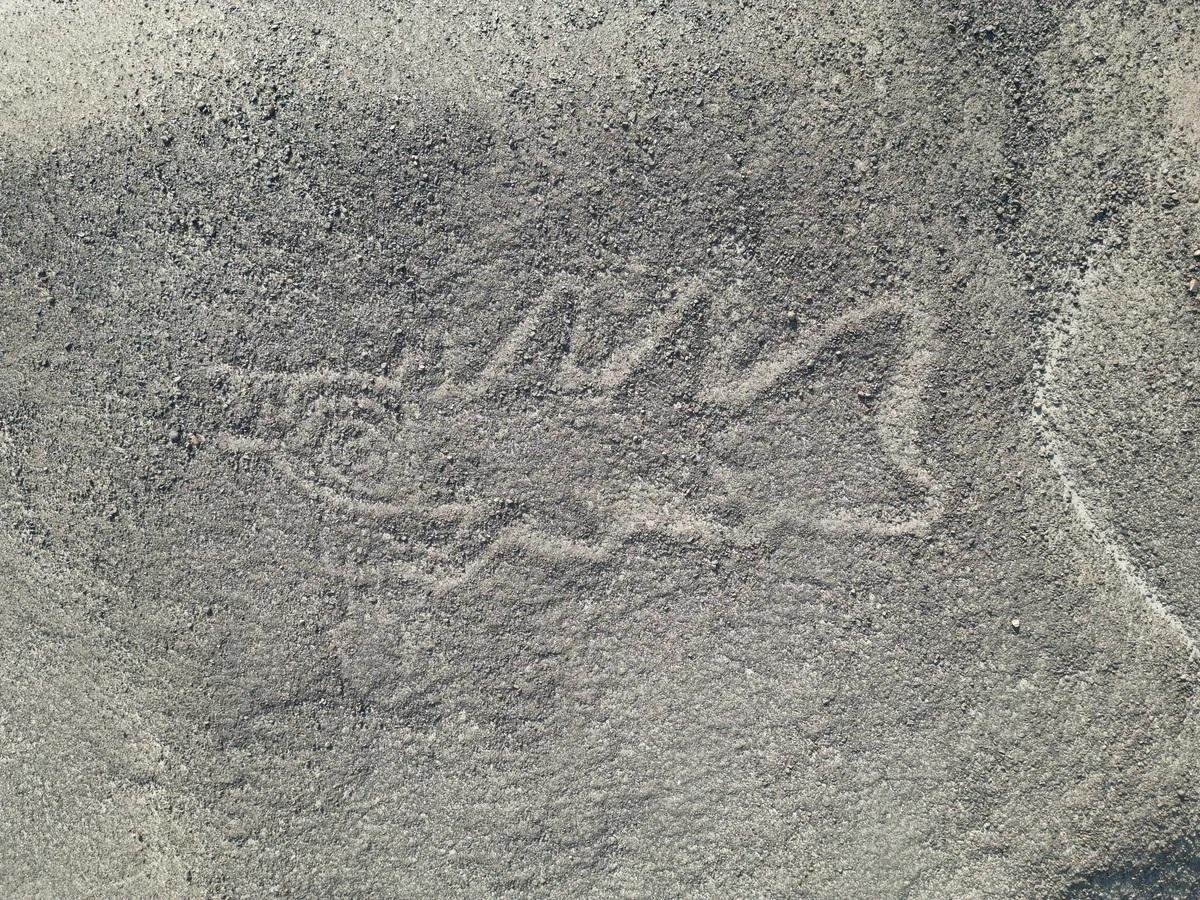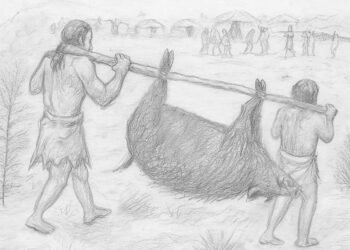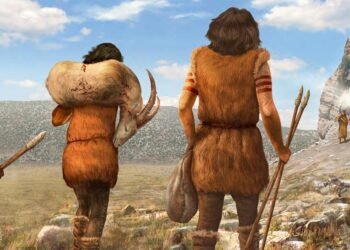Researchers have used artificial intelligence (AI) to uncover over 300 previously unknown geoglyphs in the Nazca Desert of southern Peru. These geoglyphs, often referred to as the Nazca Lines, are massive artworks etched into the desert’s surface, dating back over 2,000 years and attributed to the pre-Incan Nazca civilization. This recent finding, led by Masato Sakai from Japan’s Yamagata University, nearly doubles the total number of known geoglyphs.

The Nazca Lines, a UNESCO World Heritage site since 1994, have fascinated scientists, archaeologists, and tourists alike since their rediscovery in the 1920s. These figures, some stretching up to 1,200 feet in length, depict animals, plants, and human-like figures. However, many of the newly identified geoglyphs are smaller, less distinct, and have remained hidden for centuries, slowly eroding in the vast desert.
Using AI technology, the researchers analyzed satellite images of the Nazca Desert to identify faint outlines that had previously been overlooked. According to Sakai, the AI model dramatically sped up the identification process, allowing researchers to spot these elusive designs “20 times faster” than traditional methods. “The traditional method of study was slow and carried the risk of overlooking some of them,” Sakai told Agence France-Presse.
In just six months, the AI-assisted study identified 303 new geoglyphs, adding to the 430 that had been discovered over nearly a century. These new figures include depictions of human-like beings, decapitated heads, animals like llamas and birds, and even a 72-foot-long orca holding a knife. “On some pottery from the Nazca period, there are scenes depicting orcas with knives cutting off human heads, so we can position orcas as beings that carry out human sacrifice,” Sakai explained to New Scientist. The recurring appearance of severed heads and sacrificial scenes underscores the ritualistic significance of the Nazca Lines.

Interestingly, the geoglyphs fall into two main categories: line-type and relief-type. Line-type geoglyphs, typically larger and simpler, depict wild animals such as birds and whales, with some measuring up to 90 meters (295 feet) in length. These figures are often located along pilgrimage routes, suggesting a communal or ceremonial purpose. Researchers believe these larger figures were used in rituals as part of sacred journeys to the Cahuachi Temple, a major ceremonial center of the Nazca people. “It is probable that ceremonial activities related to these animals were performed during pilgrimages,” the study authors wrote.
On the other hand, relief-type geoglyphs are smaller and more intricate, often representing humans, domesticated animals, or scenes of human activity. These images were typically found near informal footpaths, which suggests they may have served a more localized or communicative purpose. According to the researchers, these figures might have been designed to share information about human activities with small groups of travelers. “Repeatedly observing relief-type geoglyphs from the trails probably facilitated sharing information about human activities,” the study authors noted.
The discovery of these new geoglyphs has reignited discussions about the purpose of the Nazca Lines, which remain shrouded in mystery. While some researchers believe the lines had spiritual or astronomical significance, others suggest they may have been linked to agricultural or irrigation practices. However, no single theory has been universally accepted. According to UNESCO, the geoglyphs reflect a “remarkable manifestation of a common religion and social homogeneity” within the Nazca culture.
The AI model used in this study has already identified hundreds more potential geoglyph candidates that have yet to be examined. Researchers estimate that there could be as many as 250 additional geoglyphs awaiting discovery in the Nazca Desert. As technology continues to advance, Sakai and his team hope to create a complete map of the geoglyphs in the region.
























